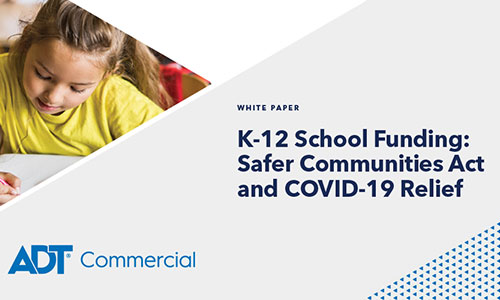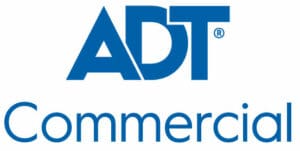As students and teachers return to classrooms amid the persistent threat of COVID-19 variants and with safety and security top-of-mind following the continuing incidents of school violence, national, state and local leaders are committing a combination of resources to help maintain a safe, secure learning environment for our nation’s youth.
As students and teachers return to classrooms amid the persistent threat of COVID-19 variants and with safety and security top-of-mind following the continuing incidents of school violence, national, state and local leaders are committing a combination of resources to help maintain a safe, secure learning environment for our nation’s youth.
Enacted following the tragic school shooting at Robb Elementary School in Uvalde, TX that killed 19 students and two teachers in May 2022, the Bipartisan Safer Communities Act1 provides more than $2 billion to address the complex issue of gun violence in the nation’s schools and communities by providing funding to strengthen background checks, implement mental health services and anti-violence programs, and to enhance school safety measures.
Of the total $300 million in grant funding available during this fiscal year, $40 million will supplement the Bureau of Justice Assistance (BJA) STOP School Violence Program2 to expand school violence prevention and security measures to states, local governments and tribal organizations, including for developing and operating school threat assessment and intervention.
An additional $20 million will support the School Violence Prevention Program3 managed by the Office of Community Oriented Policing Services (COPS). Importantly, grant applicants including local school districts, governments and law enforcement agencies interested in funding for technologies such as cameras, security systems, locks or fencing are eligible to pursue grants through the COPS program.
Some communities are also considering tapping into unused COVID-19 rescue and relief money to update and strengthen facilities. Unlike other grant programs requiring a lengthy review application process, these federal dollars have already been allocated to states and can be used and reported later depending upon how the funds are designated. Proposals must be submitted to the state education agency for approval and include spending plans, mitigation strategies and evidence-based interventions among other things.
Furthermore, pending legislation through the Safe Schools Act1 (Senate Bill 4369) is gaining support, including from the Security Industry Association2 (SIA) to officially sanction the use of
any remaining COVID-19 ESSER funds to be used for school security measures.
Learn more about the legislation, funding and solutions for consideration in our white paper.














